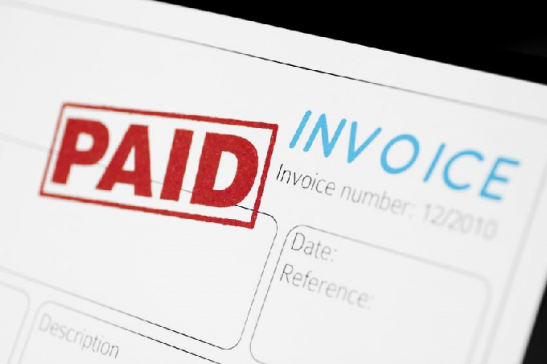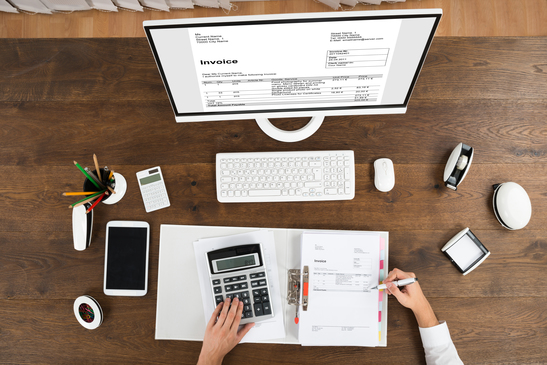If you are working as an entrepreneur, contractor, or operate a small business, eventually a client is going to ask you to send them an invoice. If you do not know what one is, you are likely to agree to send one and then perform a quick internet search or call a friend who you believe may know the answer.
The answer is pretty simple, it is a bill listing the products or services you have provided and the amount you are owed by the customer. You have received bills your entire adult life and may not realize that the business, whether it is a cellphone company or magazine subscription, has sent you an invoice as a way of expecting payment for the service they have provided.
What are Invoices and How Do They Work?
If you have performed services or provided products to a customer or another business, you should create a bill, typically using invoice software, as written documentation of the exact products or services that you provided and the amount owed stated clearly at the bottom. This bill should include the following:
- your contact information
- the customer’s account number
- an bill number
- details of the products or services you provided
- the quantity of any products
- the individual cost of each item
- the total cost of each set of items
- the amount due
For a better understanding, look at any bill you have received in the past. It will have most, if not all, of the above listed information. When you receive a bill, it is a polite and professional way of the company asking for the money that you owe to them. You should always review your bill to make sure that you are not being overcharged or charged for the wrong things and that you received all of the items you are being charged for.
If you notice any incorrect charges or other discrepancies, the company’s contact information, your account number, and the bill number should be listed at the top of the bill to make it easier to contact them and address any issues. You would need to contact the company to resolve these discrepancies and pay the corrected amount to the company that sent you the bill.

How to Use Invoicing to Get Paid
If you are an independent contractor, freelancer, or otherwise self-employed, you will be expected to send documentation for your services to any individual person or company that you provide services to. Businesses keep these bills as records for their business expenses and to keep track of their personal financial records.
Issuing a bill will help you and your business to appear more legitimate and official to your customers, and thus, taken more seriously. Often, you will not receive payment for any services until you have provided the customer with written documentation of services that have been provided to them by you. People prefer to have proof of services in writing that breaks down everything they are being charged for. When a customer sees what they have been charged for, it helps them to understand the charges.
Issuing written documentation helps your customers feel more secure in their business transactions with you and helps them to better understand how they are spending their money. An experienced business owner will use an itemized bill’s information coupled with their business practices to make adjustments to correct wasteful spending habits and increase their profits.
Once you receive the payment, your customer will expect you to issue a receipt or mark the bill as paid. You and your customer will both need to retain copies of the bill for both of your financial records. For your customer, it is a record of business expenses, while you will use it as proof of income when you have to pay your taxes.

How to Create Them
You can use invoicing software or manually write out a bill by hand. Most business owners and contractors prefer to use invoice software to complete their invoicing. Software is specifically designed to make it quicker and easier for you to issue a bill to a customer and helps you to keep track of those bills to ensure you are paid for your services.
Most software can be programmed to notify you when bills have not been paid so that you can send another copy of the bill to the customer or contact them directly. Once a bill is paid, it is easy to mark as paid, and save it to your financial record files. Software can make it much simpler to keep track of the income you have received and can automatically calculate your income and your expenses, which makes paying your quarterly taxes and filing your business taxes much easier.
Once you have created a bill, it can be sent electronically, printed and mailed, or delivered in person. The software you use to generate a bill can email these bills for you, making the entire process from start to finish only take a few seconds, after a little experience.
Issuing Bills Made Quick and Easy
As you become more familiar with invoicing, it will become a quick, easy process that will help you to appear more professional, address errors promptly, get paid faster, and hold customers accountable for goods and services they have received.
Software is now the preferred way to create and issue bills and helps you to identify ones that have not been paid. Software also make it much easier for you to calculate your gross income in order to pay taxes and file your annual tax return.
Find a Home-Based Business to Start-Up >>> Hundreds of Business Listings.


















































